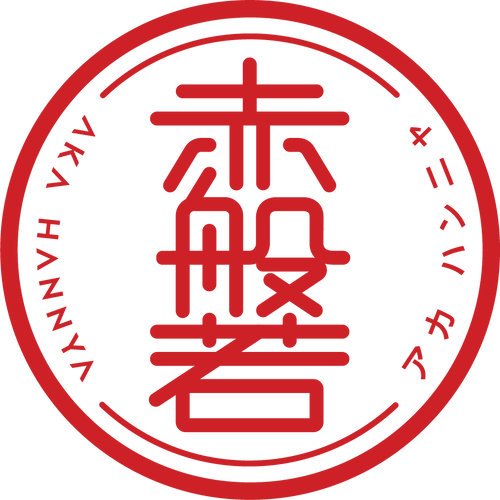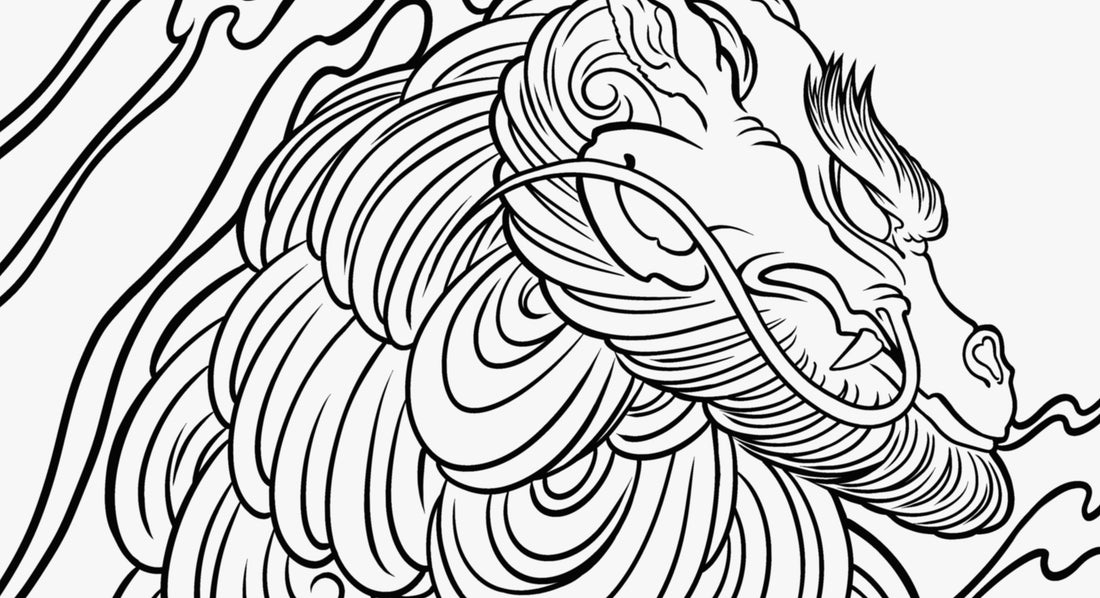KIRIN 麒麟
Kirin, a mythical creature from Japanese folklore, is often depicted as a majestic chimera resembling a deer with dragon-like features, including scales and a flowing mane.
Kirin finds its origin in Chinese folklore as the Qilin, later adapted into Japanese culture. Renowned for its benevolence and purity, the Kirin is believed to only appear during times of peace and prosperity, symbolizing auspicious events and good fortune.
ORIGIN
In ancient Japan, during a time of turmoil and unrest, a mysterious creature known as the Kirin emerged from the depths of the forest.
According to ancient texts, the Kirin's origins can be traced back to the celestial heavens, where it resided among the stars as a guardian of cosmic order. When the balance of the universe was threatened by the chaos of humanity's actions, the Kirin descended to Earth in a brilliant display of celestial light.
As it traversed the land, the Kirin's presence brought about a profound transformation. Wherever it went, fields flourished, rivers ran clear, and hearts were filled with peace. Its mere presence was said to purify the air and cleanse the spirits of all who beheld it.
Over time, the Kirin became more than just a mythical creature—it became a symbol of hope and renewal for the people of Japan. Even today, its legend endures, reminding us of the power of harmony, compassion, and divine intervention in times of need.
WHY KIRIN?
Kirin offers a compelling connection to human personality traits. Individuals who exhibit multiple traits together such as empathy, integrity, and a strong sense of justice, can be resonated with those who aspire to foster peace, promote kindness, and cultivate inner wisdom in their interactions with others and the world around them, are the closest inspiration of this legendary creature.

This is the core value of AKA HANNYA. It is also the feeling we aim for our customers to experience through our products, to be empowered by our own personalities, the very substance which makes us who we are.
BACK TO IREZUMI // TATTOO

